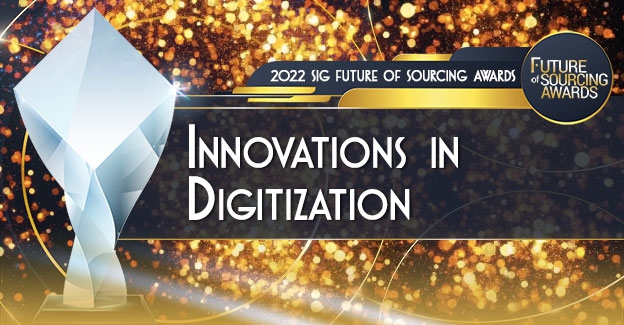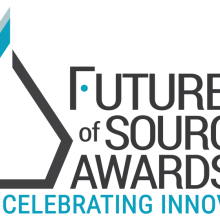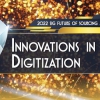This October, the Future of Sourcing Awards will celebrate organizations and individuals that have shown innovation, leadership and transformation in categories that are critical to the sourcing industry. Interviews with the finalists provide helpful insight about their projects, the problem they sought to solve and the impact to their organizations.
Can you outline why your team embarked on this project and the problem that needed to be solved?
How were things done originally and what was the inspiration to innovate the process?
What KPIs did you use to measure success for this project? (For example: performance, customer satisfaction, revenue, sales or relevant financial gains?)
How do you plan to ensure that the new model remains relevant and adapts to the future needs of the market?
What advice do you have for those who may want to implement this innovative approach in their own organizations?
- Digital transformation is a journey. Have a big picture in mind before you start the journey and be methodical about your approach. Sometimes one step at a time is needed for the ultimate success.
- Expect the learning curve. Train and communicate. The new tools/technologies bring new ways of working while at the same time, push people out of their comfort zones. For example, people use email and Word documents to manage contract redlining process for years and they know the process very well. Moving to using Contract Authoring, they need to learn how the process works and be proficient with it before they see the benefits.
- Develop in-house experts to facilitate the training and user adoption
With innovations in digitization occurring very quickly in our industry, how do you see this specific project further transforming in the future?







